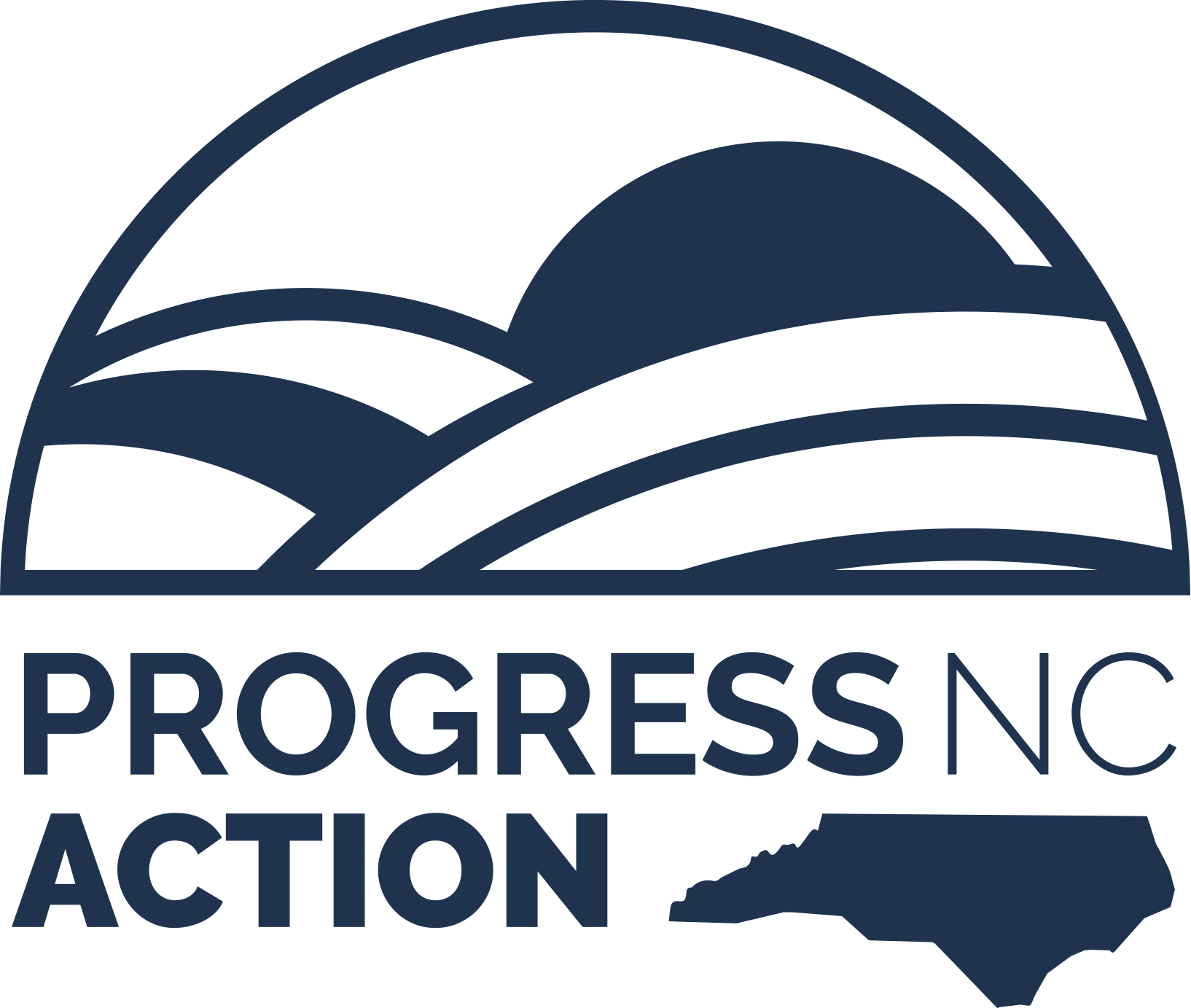NC researchers: Models show social distancing makes big impact on hospital capacity
New projection models released today shows that social distancing practices will significantly reduce the chance that hospitals will be overwhelmed by COVID-19 patients.
A team of local health experts determined that if social distance policies remain, predictions of increased cases could lessen — emphasizing the importance of maintaining social distancing.
The model shows the number of cases increases to between 5,500 and 6,500 cases by April 15. The two scenarios – “maintain” and “lift” – are identical through April, while social distancing measures remain the same.
But after May, without those measures, the forecast shows about 750,000 people in North Carolina could be infected with the novel coronavirus through June 1. That’s compared to 250,000 people with social distancing still in place.
The model assumes hospitals in both scenarios will drastically boost their bed capacity in response to the spreading virus. But that flex capacity alone, researchers said, isn’t enough to significantly reduce the chance hospitals will be overwhelmed.
“The more we can practice social distancing and get the population to adopt social distancing, the more lives can be saved,” MacDonald told reporters during a press briefing on the new model Monday afternoon.
According to the model, if North Carolina’s social distancing policies end this month as Gov. Roy Cooper’s 30-day stay-at-home order is set to expire, there is a 50 percent chance that hospitals statewide could not handle the number of patients infected with the virus.
Yet, if the social distancing policies continue, the latest model shows that hospitals should have enough beds to care for patients during the mid-April surge.
Currently, 41 states have enacted stay-at-home orders to slow the spread of the virus while 8 Republican-led states remain without.
The more social distancing we do, the more lives we save. The importance of following the CDC guidelines and maintaining distancing and social-isolation will not only help ourselves and those within our communities, but front line medical workers as well.

